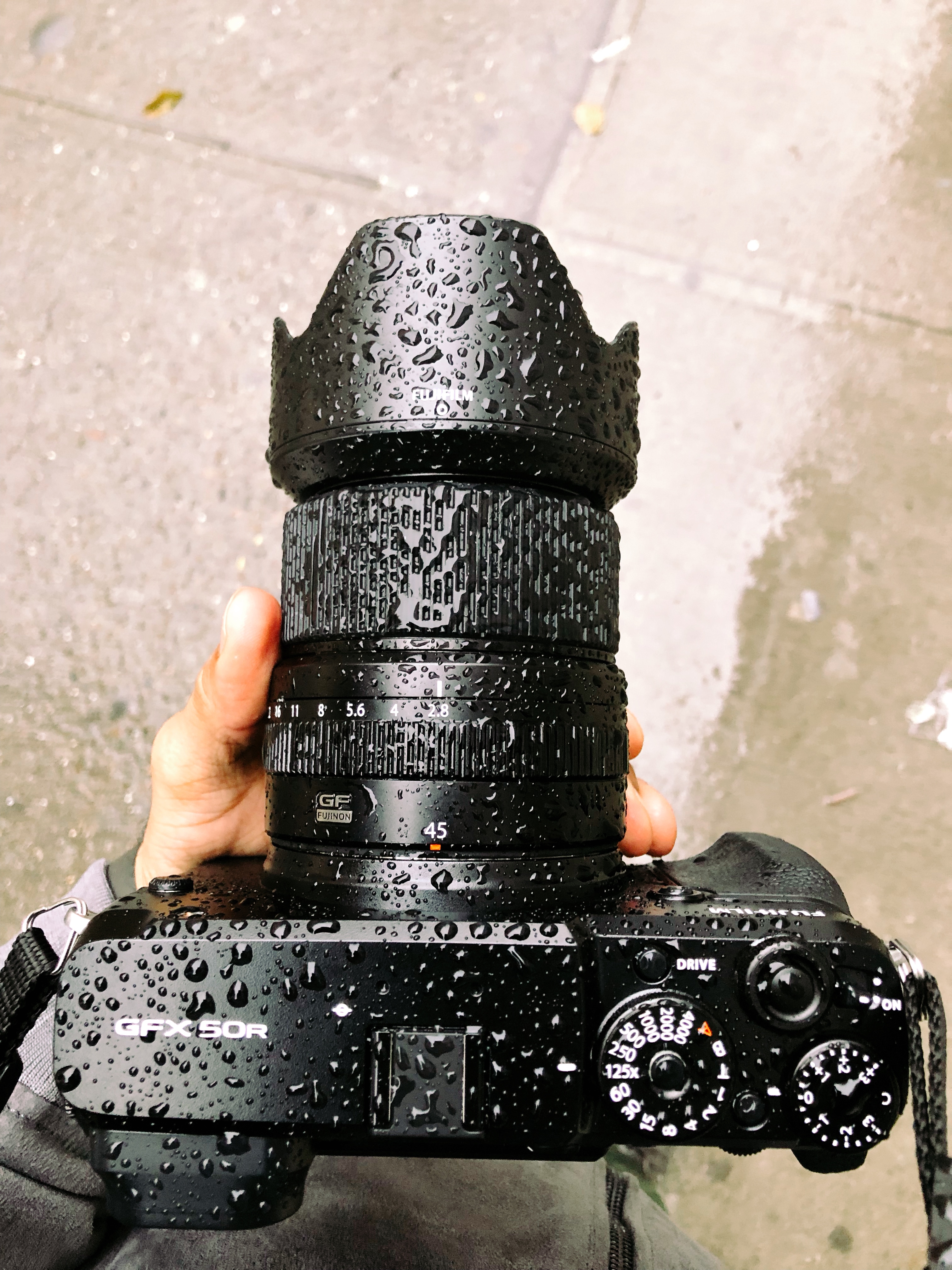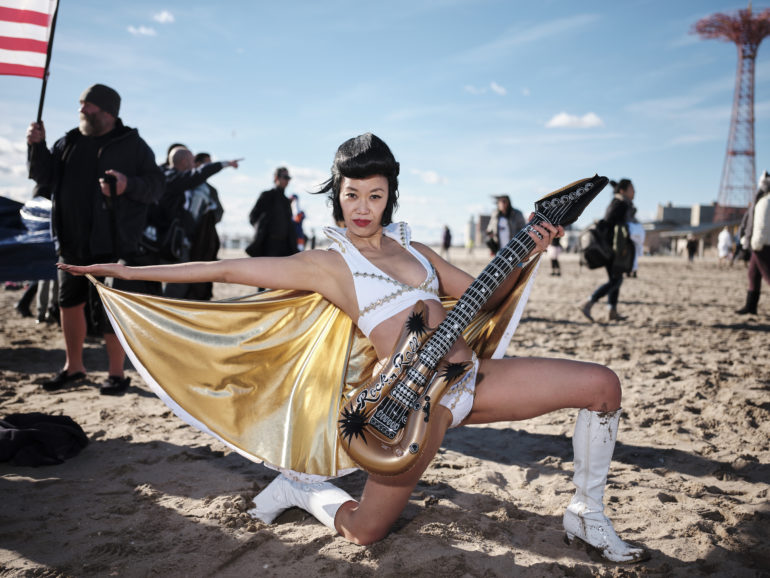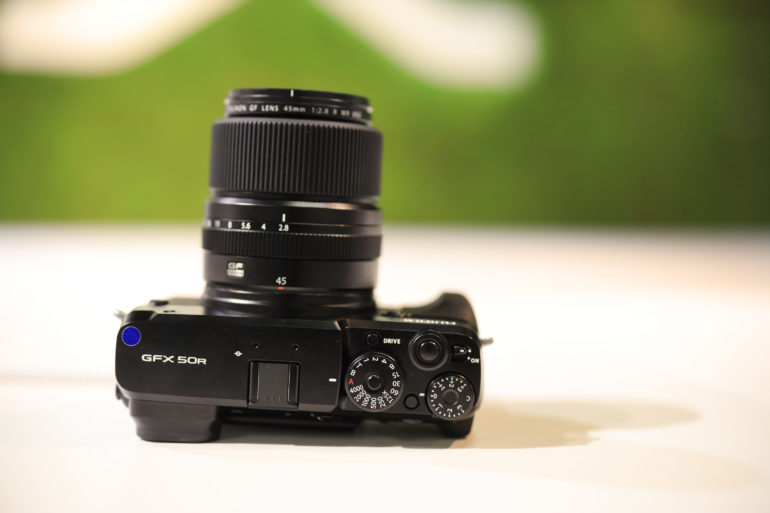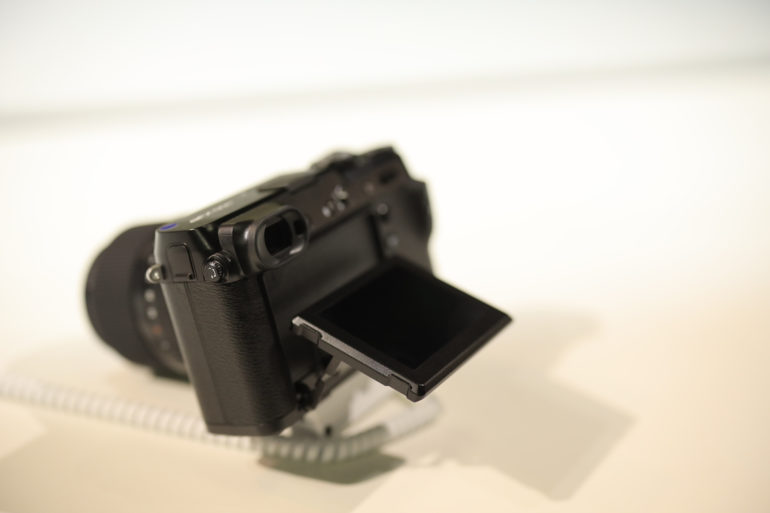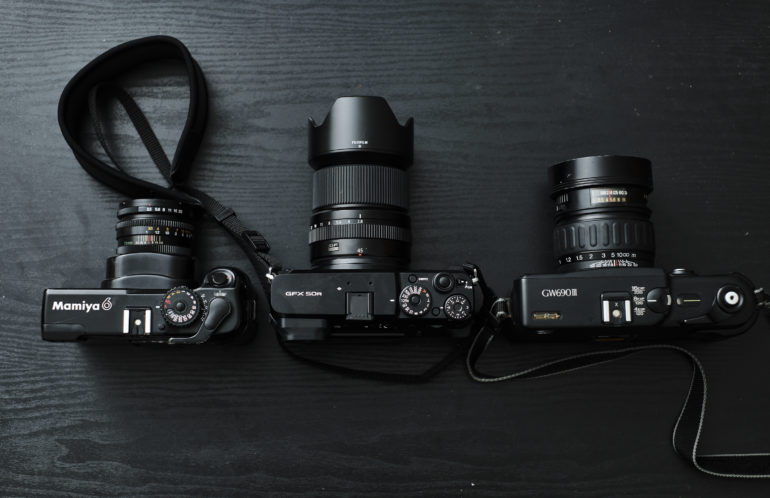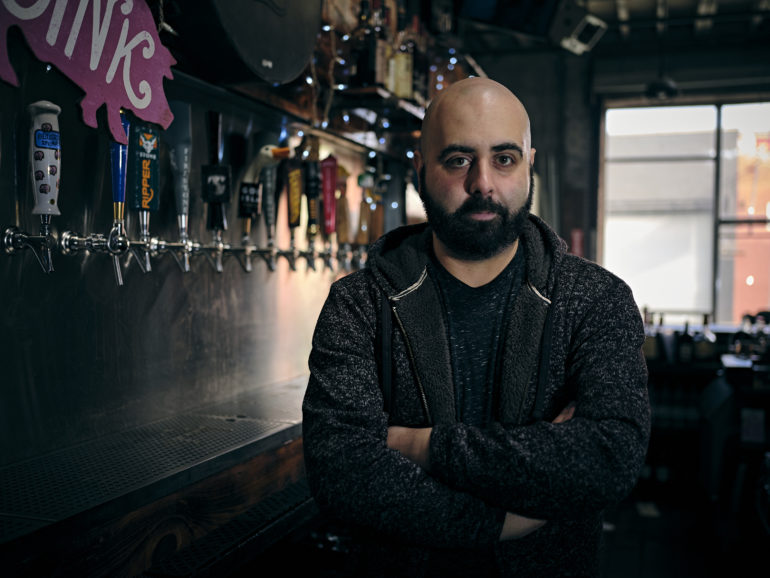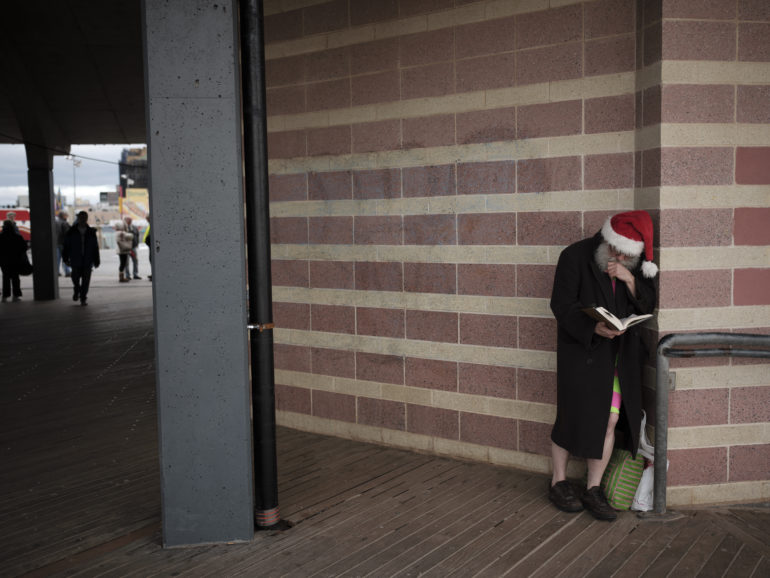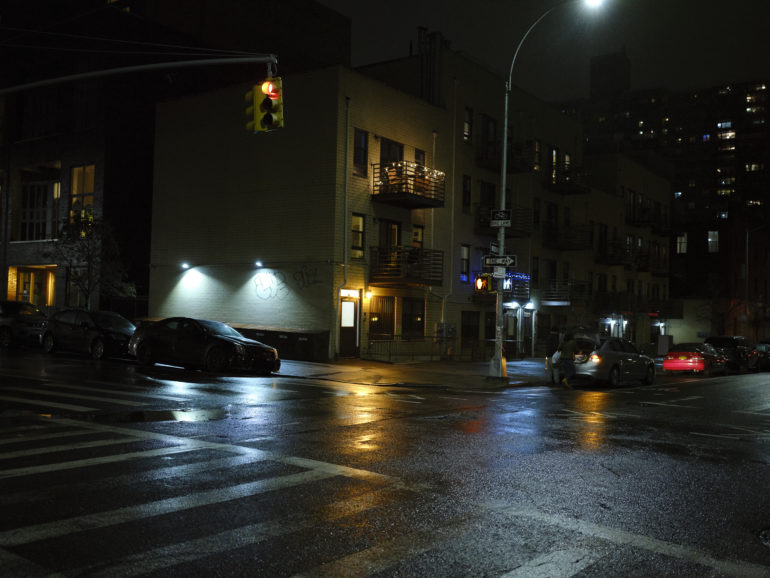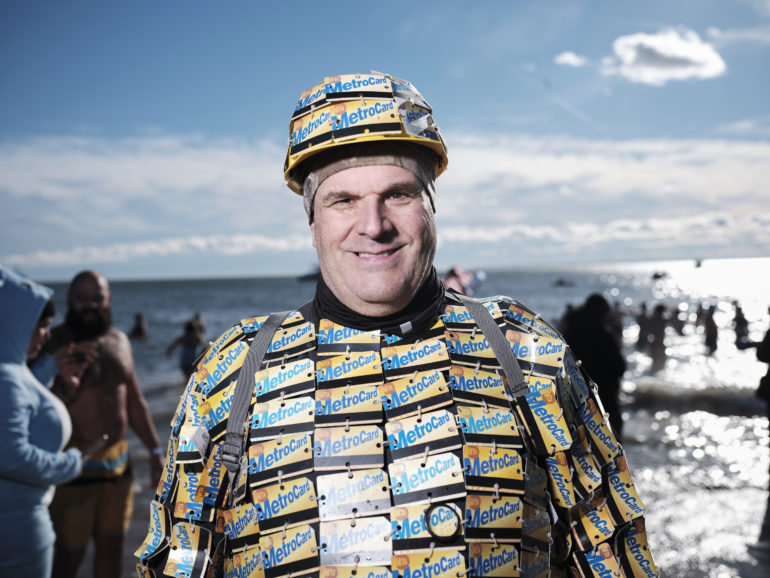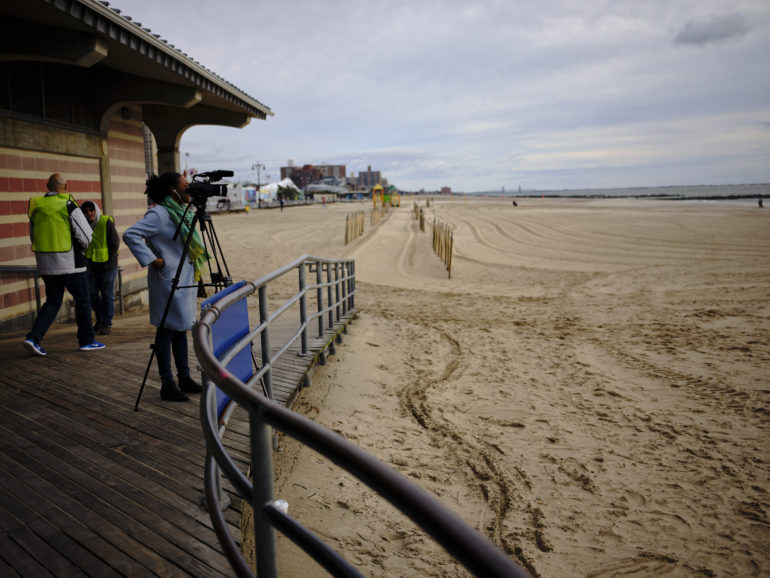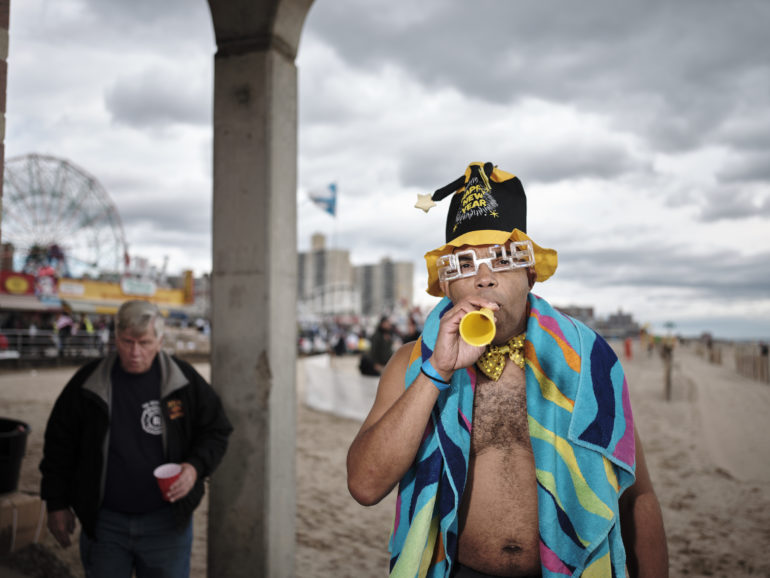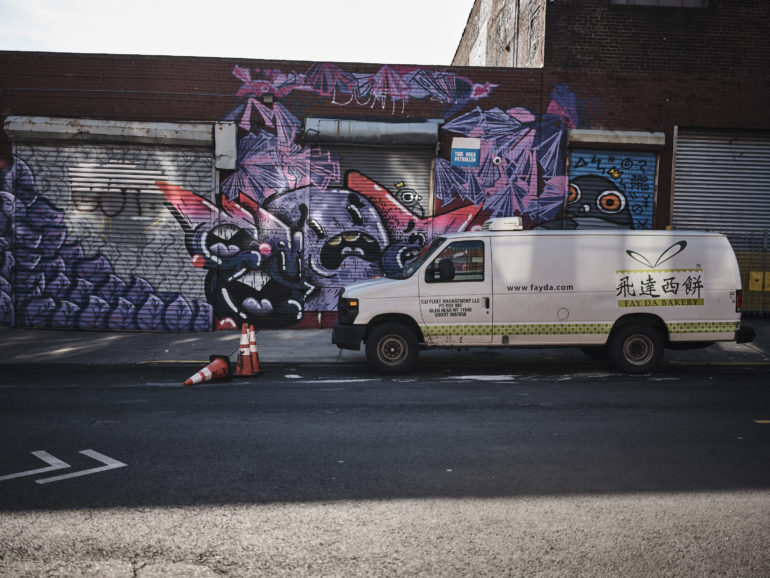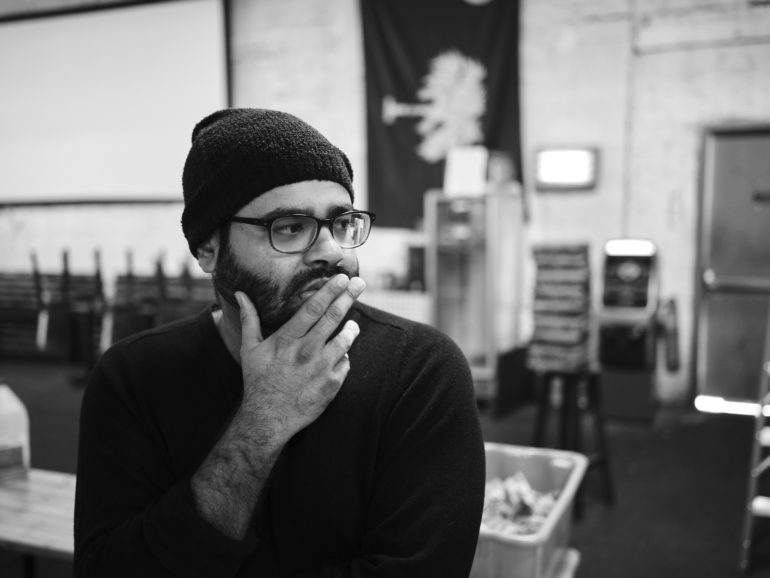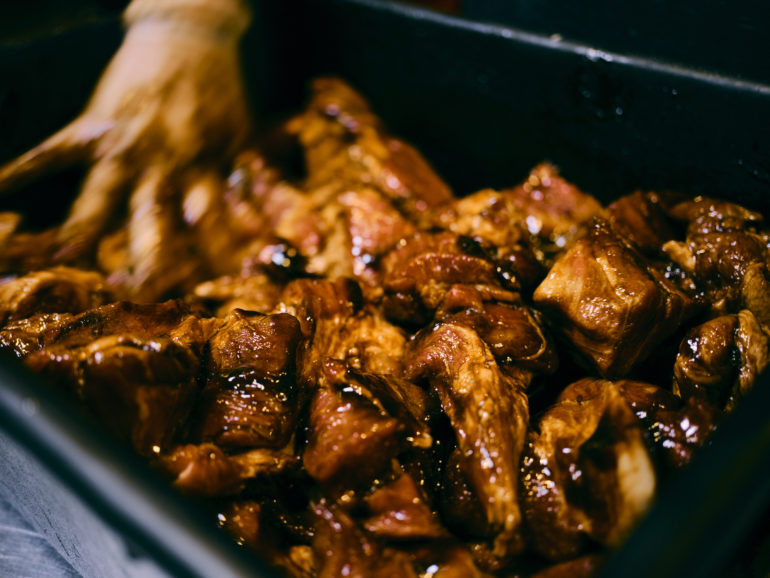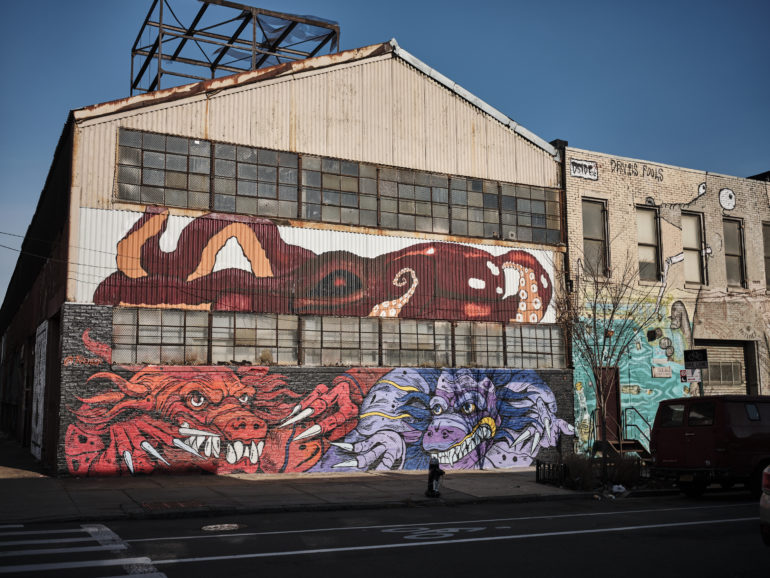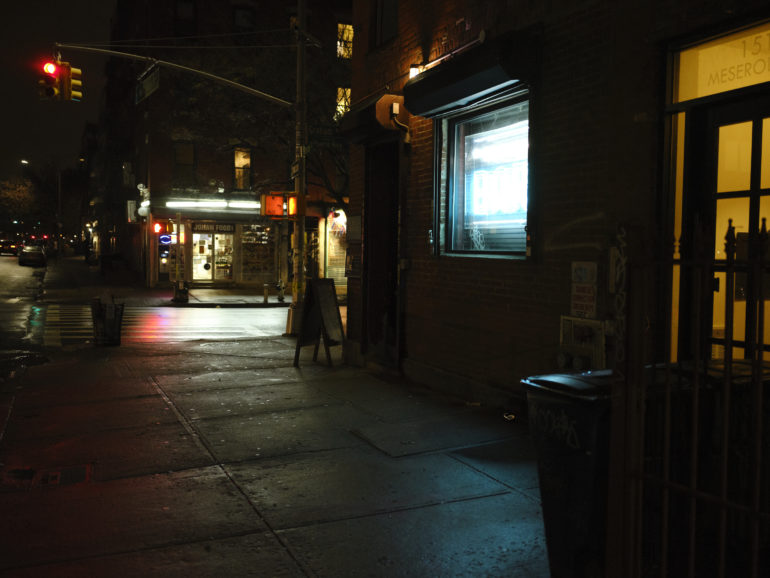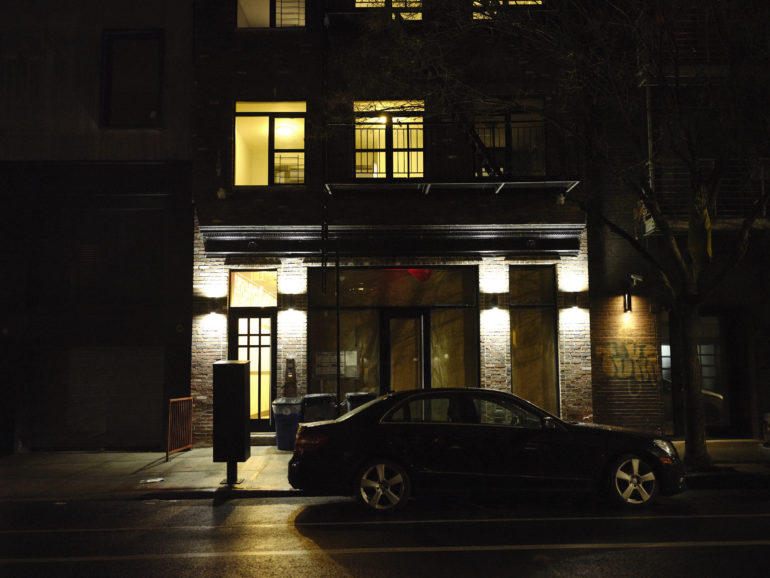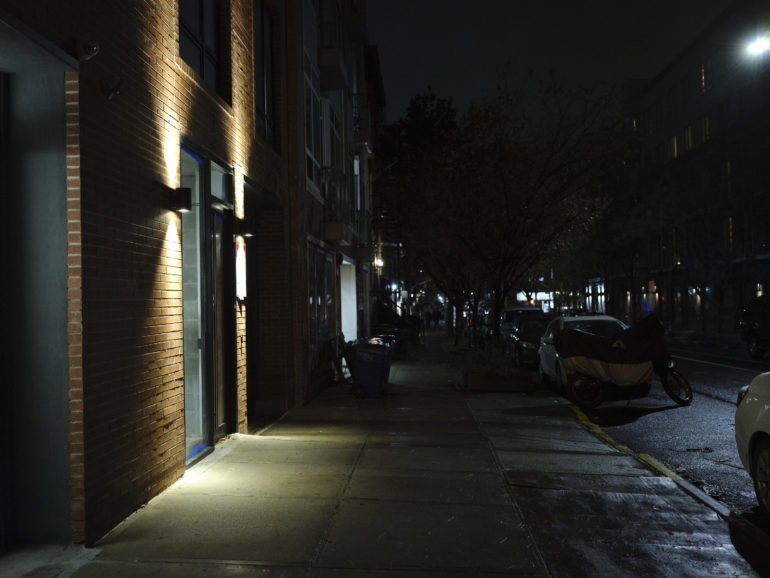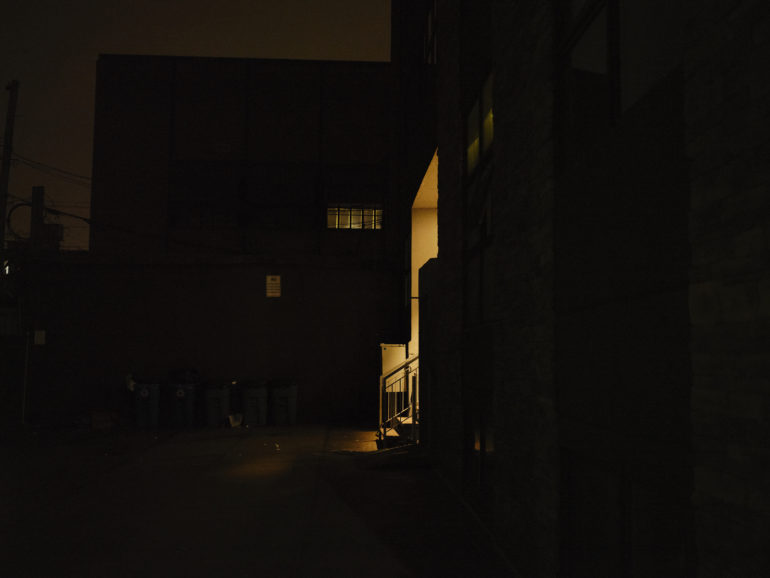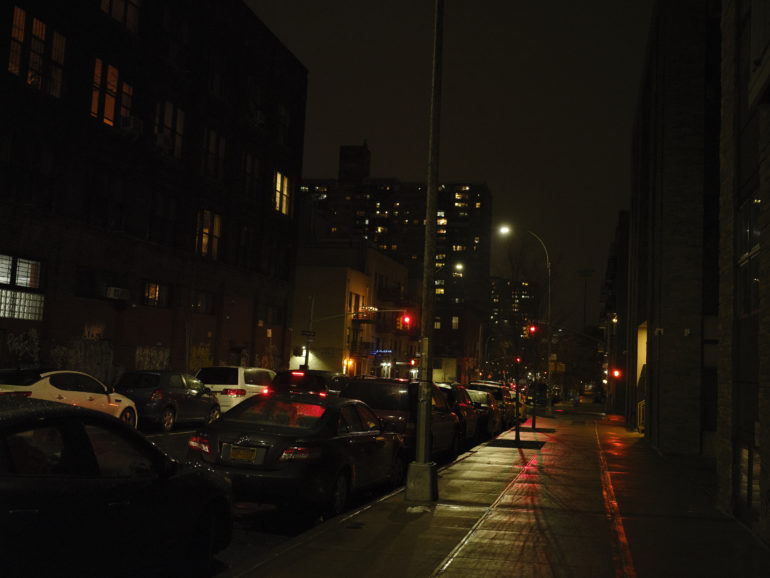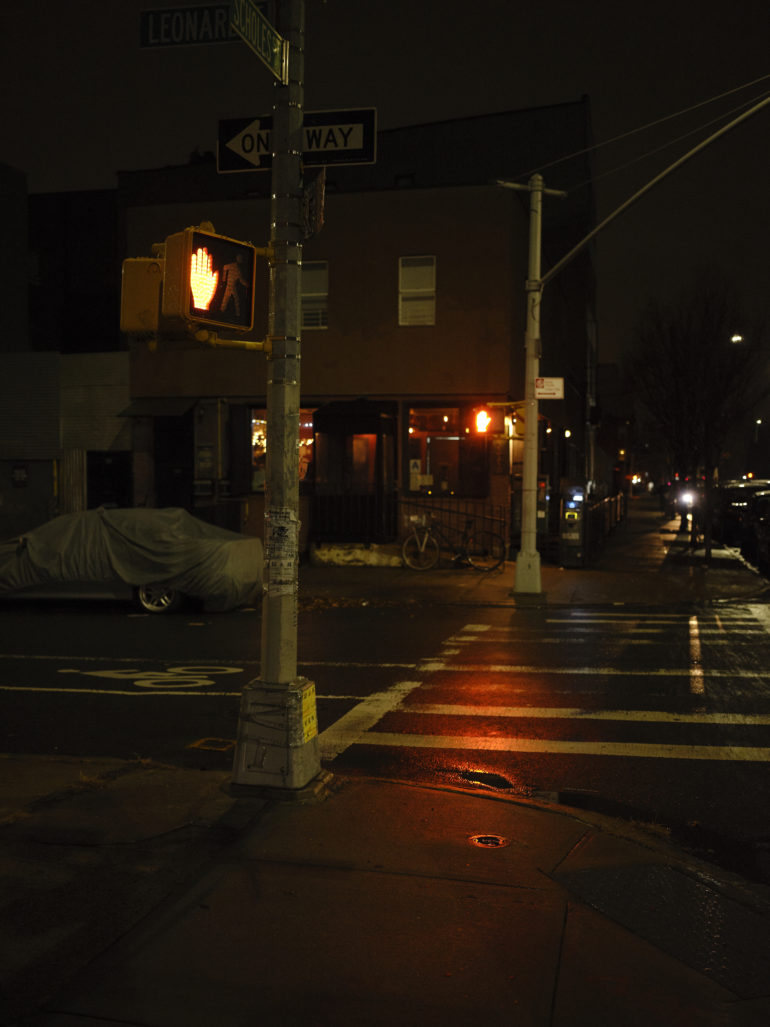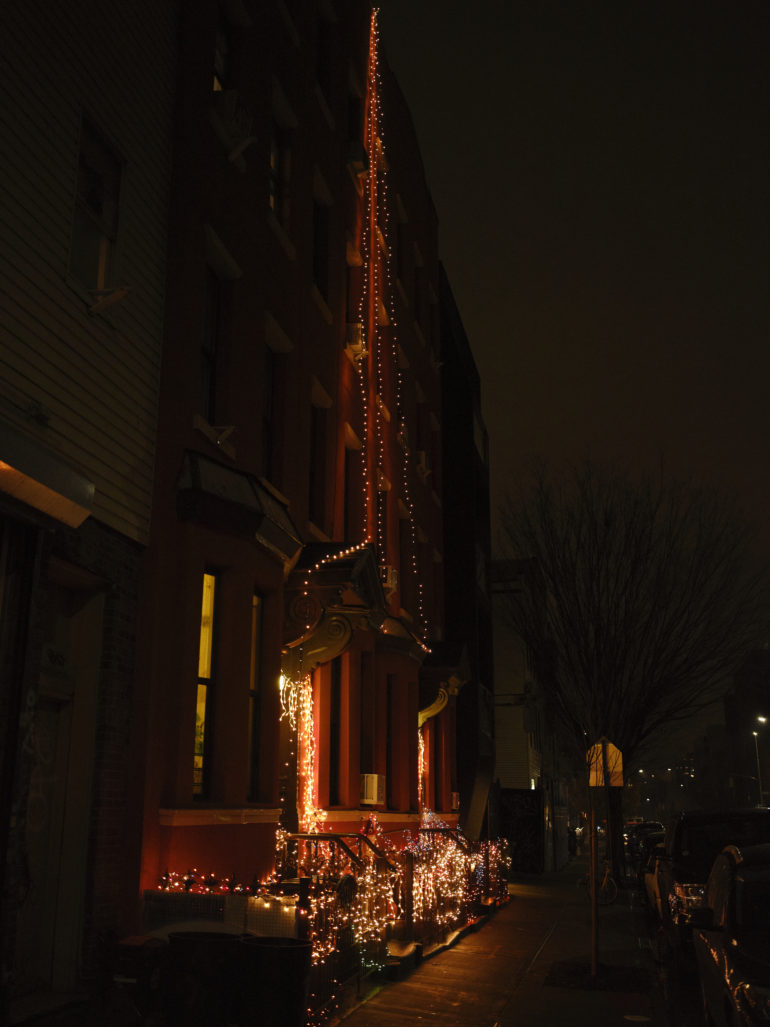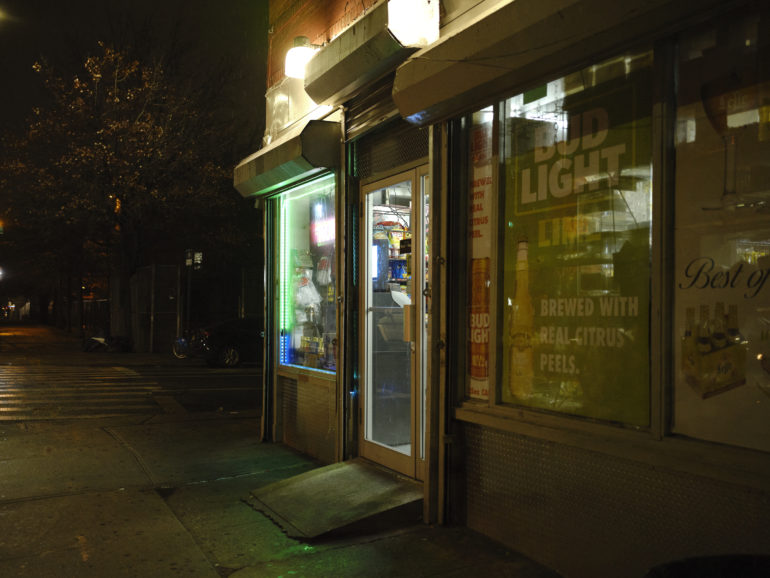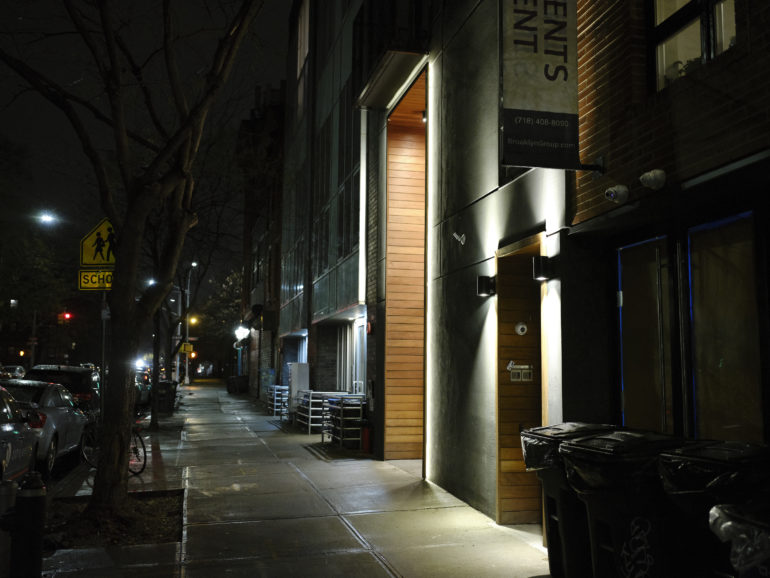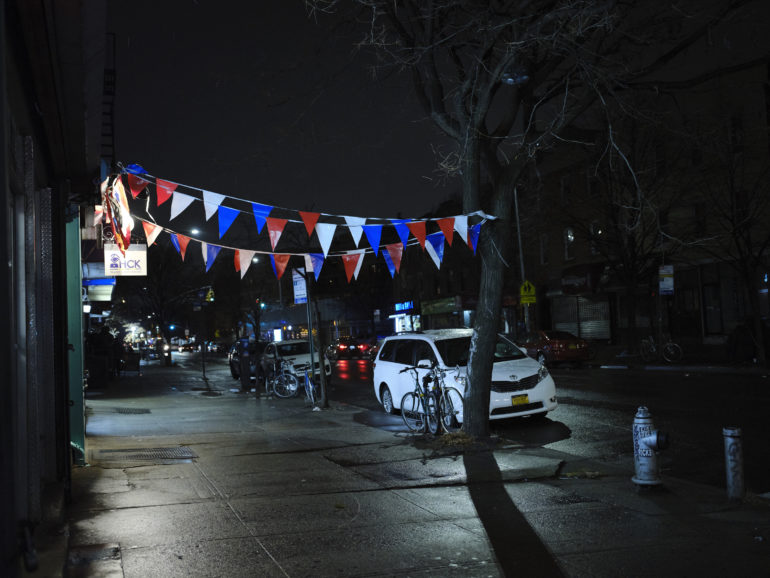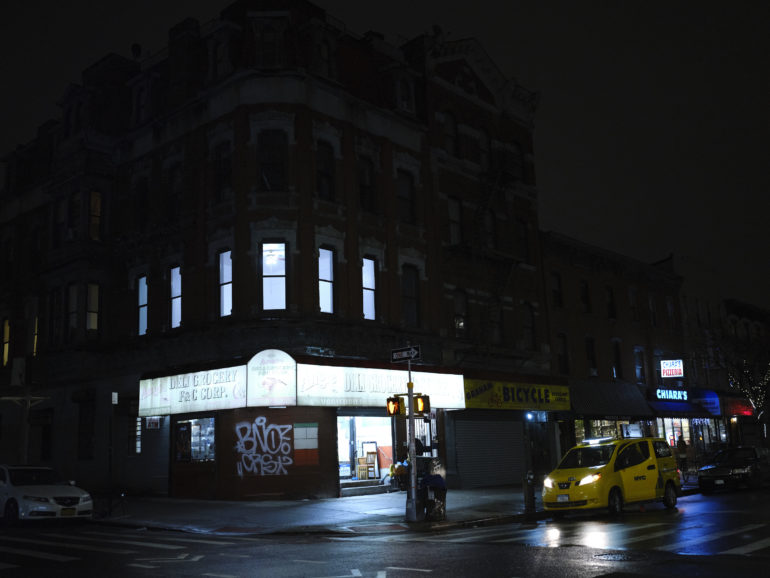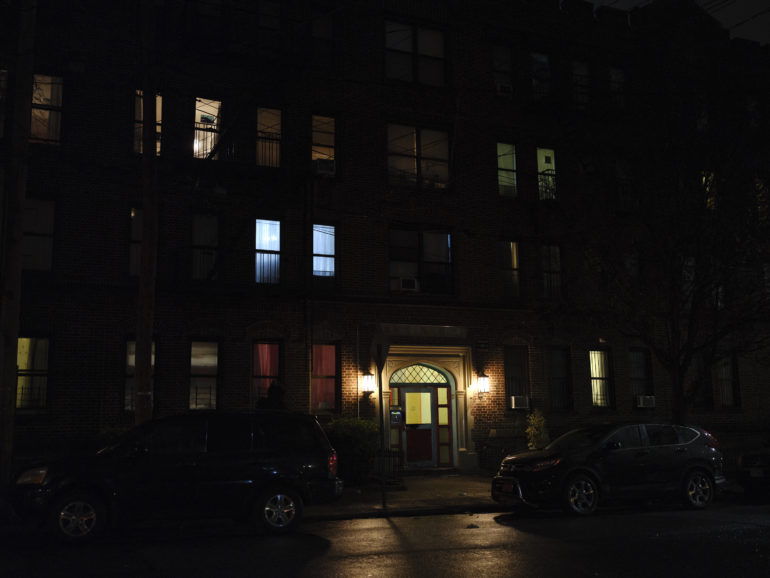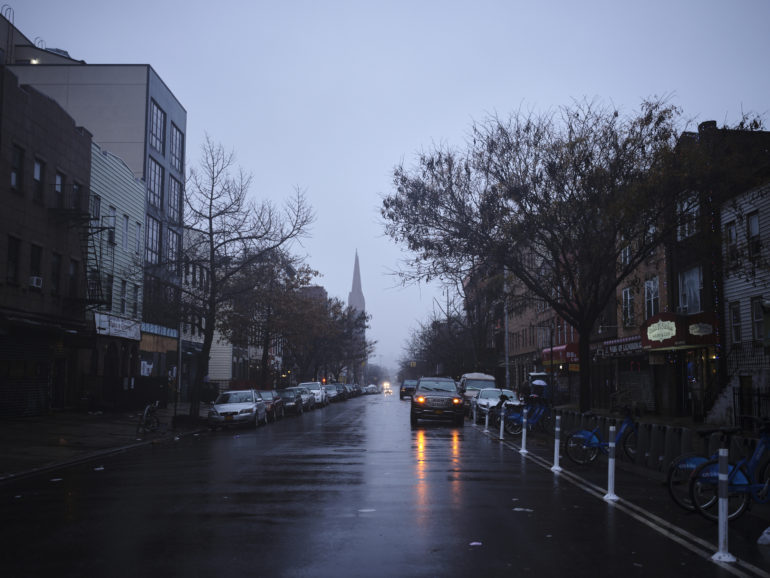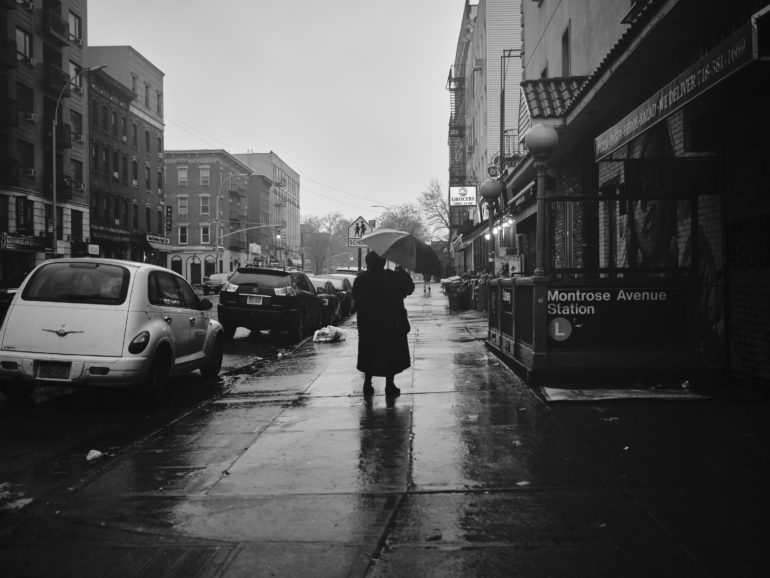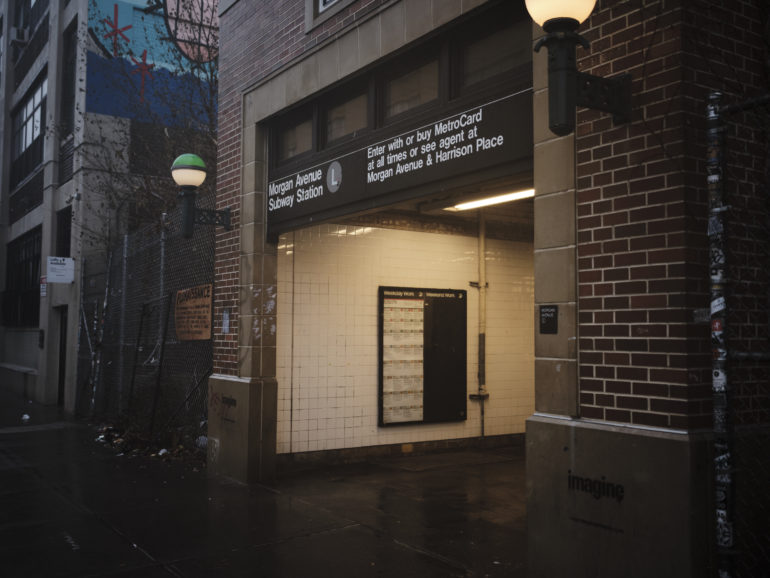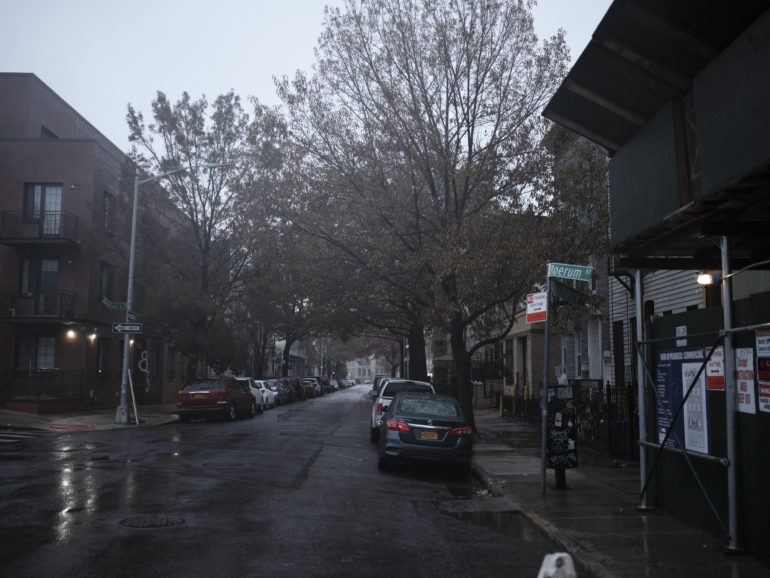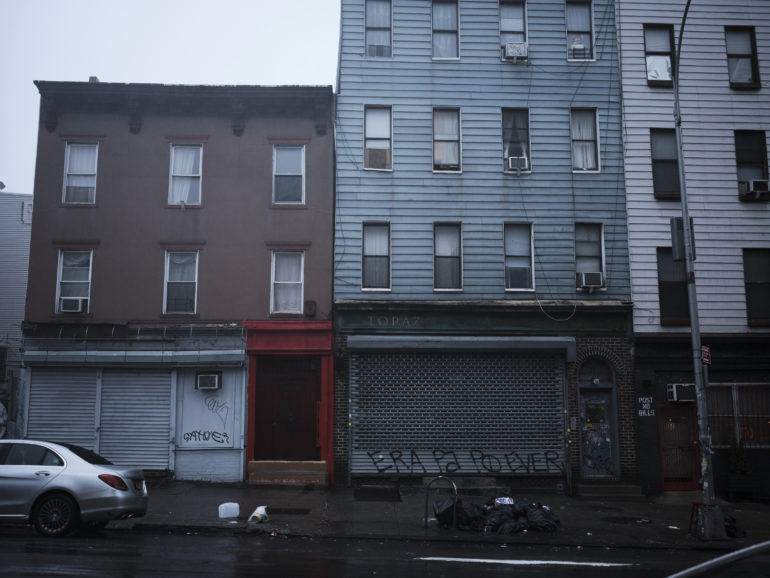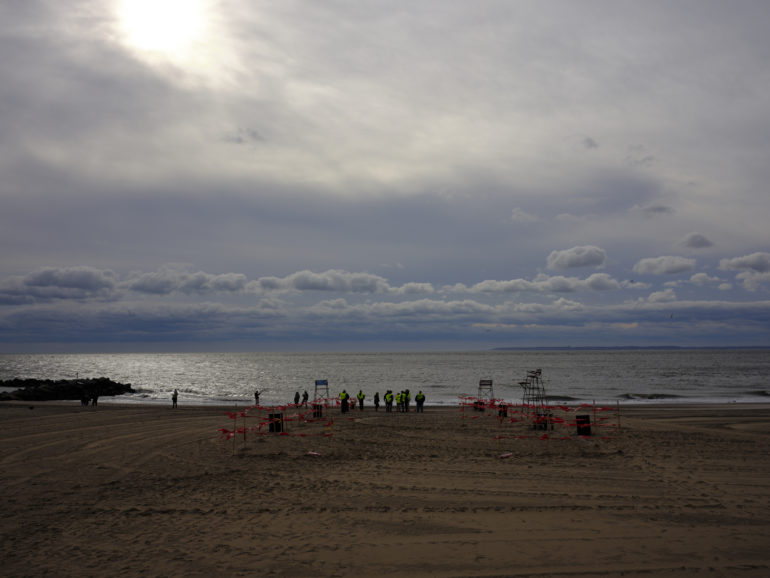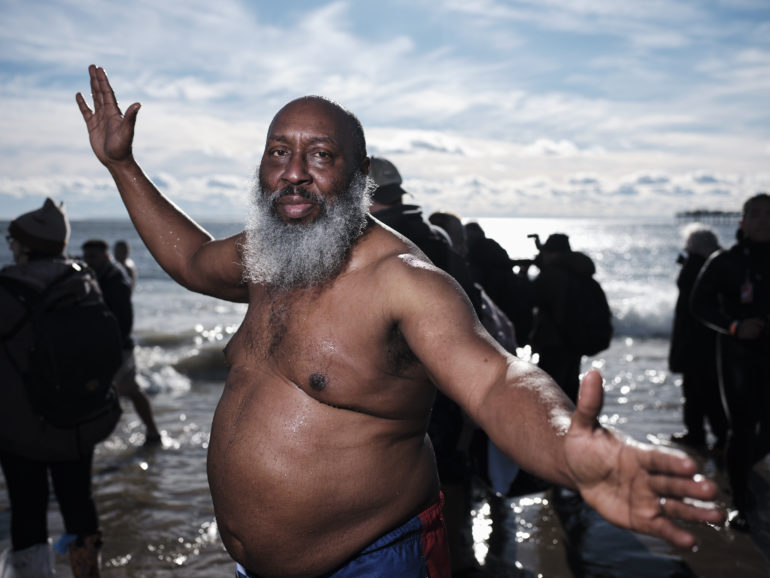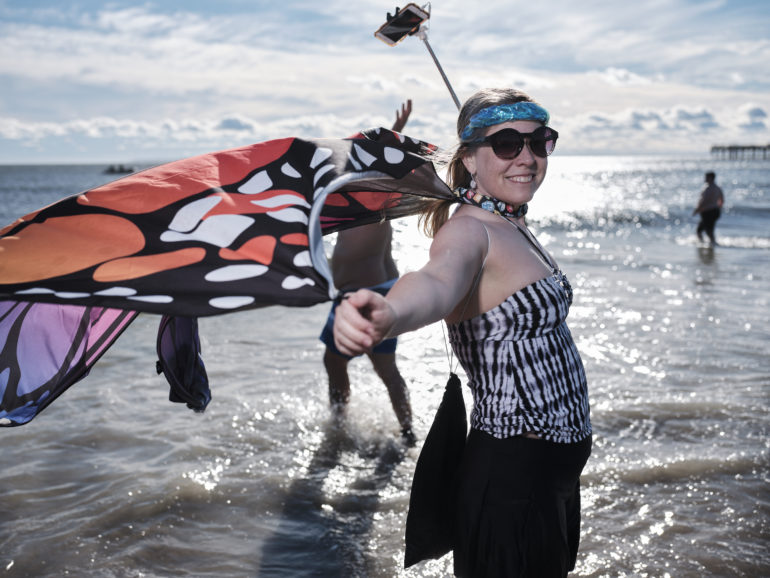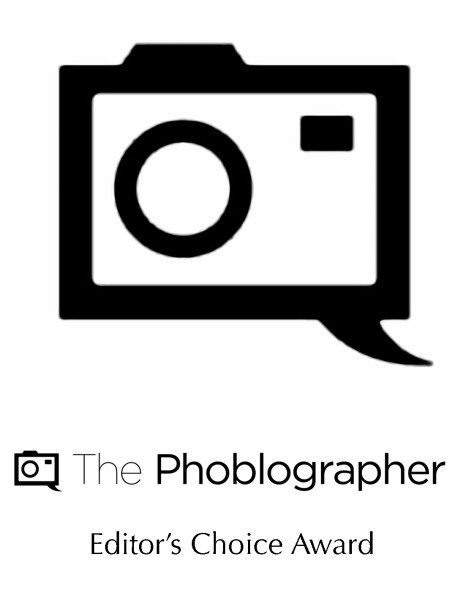Last Updated on 02/24/2020 by Mark Beckenbach
The Fujifilm GFX 50R is the camera I’ve been waiting for such a long time.
As you can probably tell from the lede of this article, I’m incredibly happy with what the Fujifilm GFX 50R is capable of doing for so many reasons. For the first time, we have a medium format camera that isn’t really designed to be used in the studio and that is actually highly capable. That’s not to say that good things can’t be done with the Hasselblad X1D, but it’s a camera that has had its large share of issues thus far where Fujifilm hasn’t had their medium format cameras riddled with problems. While the Fujifilm GFX 50R is an incredible camera, I still can’t stop but sit here and wonder at how much further the system is capable of going. To that end, they’re a company that could honestly be much further ahead and yet they aren’t.
Editor’s Note: There really isn’t anything majorly of note to compare the Fujifilm GFX 50R to. The Hasselblad X1D sort of is, but we don’t consider it strong enough of a contender partially due to pricing.
Pros and Cons
Pros
- Great image quality
- Excellent high ISO output
- High speed sync with the Profoto Air system is a delight
- Autofocus isn’t all that bad
- Weather sealing is top notch
- Lightweight
- Not that large overall
- The ergonomics are very good
Cons
- This system really needs lenses faster than f2
- The autofocus could still use some revamps
Gear Used
We tested the Fujifilm GFX 50R with the 45mm f2.8 GF and the Profoto Air remote along with the Profoto B10.
Tech Specs
Abridged specs for the Fujifilm GFX 50R taken from their product page.
- Rangefinder style
- Compact and lightweight body
- Weather resistant structure
- 43.8×32.9mm 51.4MP CMOS medium format sensor
- X-Processor Pro
- 2.36M-dot touchscreen LCD back panel
- FUJINON GF Lens
Ergonomics
Taken from our first impressions.
The Fujifilm GFX 50R is a perfect fusion of sorts. If you took the old Texas Leica style cameras like the Fujifilm GW690 III and the X Pro 2 and fused them together, you’d get the Fujifilm GFX 50R. To that end, it maintains the retro, modern style Fujifilm has been embracing since the start of their X series line up. Granted, the GFX 50s didn’t totally do that.
The top of the Fujifilm GFX 50R is a layout that looks very similar to the X Pro 2. Fujifilm chose to remove the stacked ISO/shutter speed dial, but I’m not sure I understand why. That dial was fantastic. Instead, you can put controls around the dial on the shutter release. You also have exposure compensation.
The back of the Fujifilm GFX 50R gives you a number of familiar Fujifilm controls though not necessarily in the same places. The Display button is all the way by the viewfinder, though in use I rarely see anyone needing to fiddle with this.
One of the really clutch features of the Fujifilm GFX 50R is that the LCD screen tilts up and about. It makes a bunch of situations a whole lot easier.
Build Quality
As we reported previously, the Fujifilm GFX 50R is a camera that can resist quite a bit of abuse. We took it into the rain for a long time and it was just fine. Despite lots of moisture and rain getting around the camera and the lens, they combo just kept working. On our Instagram, we shared photos and more results. We’re very convinced that the Fujifilm GFX 50R is capable of doing pretty much everything that you need within reason. It isn’t submersible, but it can take some of the worst weather you may throw its way.
In our interview with Makoto Oishi from Fujifilm, he told us that this camera is “perhaps a bit better” weather sealed than the company’s previous Fujifilm GFX 50S. The reason? Well, I’m convinced that this is a camera that isn’t designed to be used in the studio. You’re supposed to take it out and use it on locations. It’s quiet, it’s inconspicuous, it’s portable, and there’s a giant sensor at the heart of it. It also feels great in the hand and the grip is just enough to make it comfortable in pretty much anyone’s hands.
As we’ve also showcased, you can see that the camera isn’t all that large. It isn’t Texas Leica size at all but more like a Mamiya 6.
Ease of Use
The Fujifilm GFX 50R is a pretty interesting camera. It functions more or less like many other Fujifilm X series cameras in that there are touch settings but the entire camera doesn’t have touch capabilities. The Fujifilm GFX 50R lets the user swipe across the screen to have quicker access to certain functions, but to be fair there are also a lot of custom function buttons that arguably do the same thing but better. Then the touch screen only really lets you choose focusing points or focusing areas. But if you want to do something like navigate the menu system, you’re subject to navigating in a way that is almost as painful as Sony’s implementation.
I’ve said it many times: Canon has the best menu implementation and navigation I’ve ever seen. Like old school Apple, you can get to anything you need within two taps. Sony arguably has that potential much more than Fujifilm does and yet they don’t incorporate it in. For the Fujifilm GFX 50R, this is a disappointment.
You may argue “How often are you going into the menu?” Well, let’s say you want to format the cards and you don’t want to use the My Menu system. Almost everything else like white balance, film simulations, and everything else can be done with the quick function buttons or a semi-awkward swipe of the screen. Otherwise, anything else that is necessary to just shooting can be done without going into the menus at all. The aperture and shutter dials are exactly what they are and the ISO dial is easily programmed to around the shutter button. It’s solid.
Autofocus
For stagnant subjects, the Fujifilm GFX 50R has great autofocus even in low light. Where the problems occur is how they interact with faces and moving subjects. In addition to this, focusing on subjects with strong backlighting is also pretty difficult. The latter is a statement that applies to the entire industry with a few options, mainly Sony, being better. The Fujifilm GFX 50R, like many other options, has eye detection and can prioritize one eye over another. But tracking those subjects through the frame won’t work so well if they’re moving. But if you ask your subject to stay mostly still, you can mitigate the problem.
Otherwise, the autofocus on the Fujifilm GFX 50R is fast. It isn’t Sony or X series fast. But it’s up there in speed. For a medium format system, this has to be the fastest ever.
Image Quality
The Fujifilm GFX 50R is a great camera with more or less the same sensor as its sibling, the Fujifilm GFX 50S. I genuinely wish that this had an X Trans sensor though. However, I have to admit that I can’t complain about the image quality and nor can a number of folks whom I showed the images to on Facebook and Instagram. Despite this not being an X Trans sensor, the sensor output is still very good. Combine the RAW files with a profile in Capture One to give you the film simulation look and you’ll be golden. The colors will be unlike anything else.
RAW File Versatility
One of the best things that I can do with the Fujifilm GFX 50R is edit the RAW files until the cows come home in Capture One 12. At a certain point the highlights start to break up for sure, but the shadows can be pushed for forever. Older Fujifilm X Trans sensors rendered better details in the highlights and so we’ve seen Fujifilm come more in line with much of the rest of the industry.
Combine this with the Fujifilm Film simulations and you’re bound to get colors and a look that is not only unique to the company’s offerings, but also gorgeous overall.
Where I got the most from the Fujifilm GFX 50R is when using it with the Profoto B10 and high speed sync. This allowed me to get the most detailed images possible and it’s a combination that I honestly think is perfect for one another.
High ISO Output
At ISO 6400, the Fujifilm GFX 50R renders super clean results due to the relatively low megapixel sensor and its general size. This is clearly evident on a screen. But when the Fujifilm GFX 50R’s images are printed in Capture One using an ISO 6400 image, the results too are clean. They’re cleaner than pretty much anything else out there and if you’re printing photos, then you’l be very happy with the Fujifilm GFX 50R’s combination of details and great noise reduction.
It’s a win-win and you can’t possibly lose. Above ISO 6400 the image quality starts to fall apart more and for what it’s worth, I generally don’t see a lot of medium format shooters going into the nuclear levels with their ISO settings.
Extra Image Samples
Conclusions
Likes
- Image quality
- Reliable autofocus
- Small size
- Feel in the hand
- Weather sealing
- Overall reliability
- Ergonomics
Dislikes
- I want the system to have faster lenses
- I’m positive that Fujifilm will improve the autofocus to make it faster and more accurate with faces, but at the moment this is a con
The Fujifilm GFX 50R is almost a perfect camera. This is truly the first viable medium format camera designed to not be used in the studio. The Fujifilm GFX 50R is a camera that is meant to be out there with you. This is reflected in the autofocus, the size, the weight, the overall philosophy behind the camera, and the feel. This is by far Fujifilm’s best camera thus far and I genuinely believe that I’ll be buying one this year.
On top of the overall ease of use, the camera delivers great image quality, has Wifi built in to transfer images to your phone, and it overall embodies a very medium format documentary type of experience to it. This comes immediately when you hold it.
The Fujifilm GFX 50R receives not only our Editor’s Choice award, but five out of five stars. Want one? The Fujifilm GFX 50R is $3,999 on Amazon.


